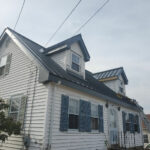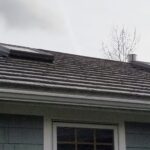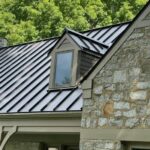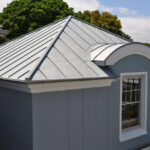Fire-Treated Plywood and Lumber
PROBLEM
Particularly during the 1970s, there were numerous attempts made at producing fire-treated lumber and plywood. These materials were used extensively in buildings of all types, such as multi-family structures. This plywood and lumber is now notorious for losing its strength and, with plywood, delaminating. Many contractors have had problems with roof installations over these materials.
ANALYSIS
This problem has been the fodder for numerous lawsuits in the construction industry. The fire-treating process used at the time involved treating the wood with sodium. Unfortunately, the sodium attacks the wood over time, reducing its strength and holding power. It also attacks the glue used in plywood, causing delamination. This is a progressive problem that just keeps getting worse until the plywood or lumber literally breaks or falls apart. The speed of this deterioration is increased in areas where high moisture or condensation exist.
SOLUTION
If you are bidding or considering a project where you believe that fire-treated plywood or lumber might exist, inspection is critical. In most cases, this lumber was marked with a stamp denoting its fire treatment identifying who did the treatment. Typically, these materials turn very dark as they age and knot holes tend to pop out. Also, any steel in contact with the lumber will usually show corrosion. Additionally, if you do fastener pull-out resistance tests, the results will be very low. If you determine that these materials are on the project, under no circumstances should you proceed with roof installation until the decking and lumber are replaced. Again, the loss of strength is progressive and there is no way to arrest it. Should you choose to install over plywood or lumber that is affected with this problem, you could be held responsible for the later failure of the roof system you are applying.




